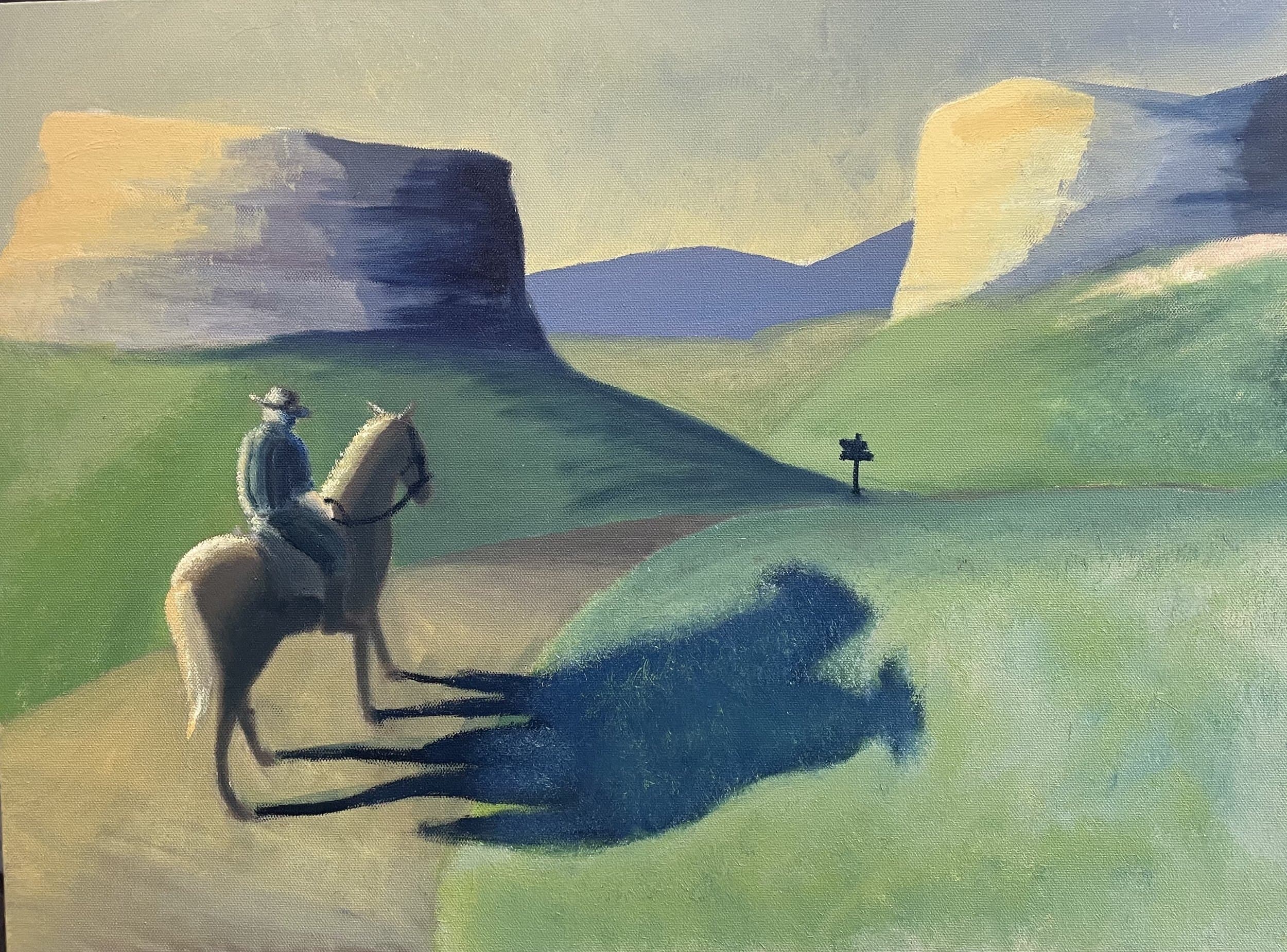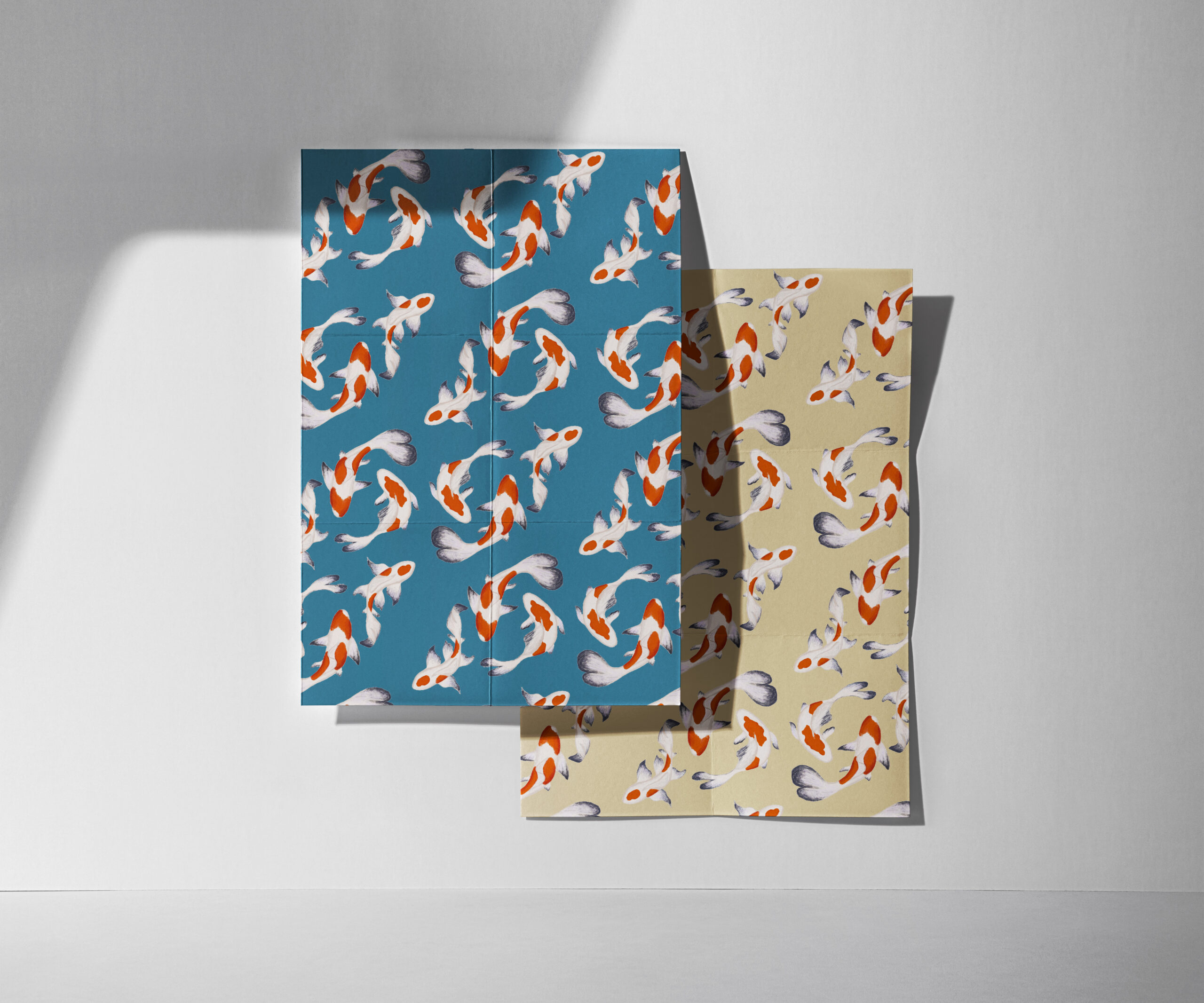illustrative Design Degree
Bachelor of Fine Arts
"*" indicates required fields
Illustrative Design Degree PROGRAM OVERVIEW
As an Illustrative Design student, you’ll refine your skills as an illustrator and apply them in graphic design. You’ll receive hands-on illustration design training that prepares you for the real world of professional design. You will learn the technology, tools, and skills as they relate to art and illustration design including the ability to identify, locate, evaluate, and effectively and responsibly use digital art and design software technology, tools, and skills for sustainable practice. Other things that stand out about this program are:
- This is one of the few BFA programs that offer a degree in Illustrative Design
- Professional portfolio development over the course of 4 years
- One-of-a-kind hybrid program that combines illustration with graphic design
- You’ll develop a skillset in illustration and understanding of applying these skills to graphic design problems such as logo design, branding, motion graphics, infographics and print design
- There is an option of learning traditional or digital still life painting and digital illustration
- Access to FabLab, PrintLab and dye sublimation printer resources when on campus
- Exhibition opportunities in campus gallery spaces, as well as online in the Graphite Gallery

Illustration Design Degree Program Highlights

Industry-Based Software

Media + Digital Skills

Portfolio Development

Solve Communication + Design Problems

Typography + Layout Design

Identity Design + Design Systems
STEPS TO ADMISSION

1
Complete your artist meeting with an admissions counselor.

2
Submit an admissions application.
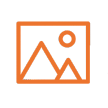
3
Create and submit your portfolio to be considered for a scholarship.

4
Submit official high school and college transcripts (for transfer students).

5
Submit the current year’s FAFSA and other financial aid documentation.
ACCREDITATION


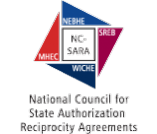
TUITION + FINANCIAL AID
At RMCAD, we understand that investing in a college education is a major decision and a major investment. That’s why we offer competitive, affordable tuition when compared to other art and design colleges. Students’ tuition rates are locked in at the time of their initial start date and will not increase as long as they remain enrolled in their program.
FASHION DESIGN DEGREE COURSE DETAILS
The BFA in Illustrative Design Program aims to increase and combine intellectual, artistic and design thinking, planning, and practice to best prepare students for dynamic business environments.
Take part of your coursework in the Illustration department, and part in Graphic Design, rounded out with Illustrative Design department-specific courses, including:
- ILD1010 Fundamentals of Illustrative Design (Freshman year)
- ILD2000 Illustrative Design Sophomore Portfolio Review (Sophomore Year)
- ILD3000 Illustrative Design Junior Portfolio Review (Junior year)
- ILD4980 Senior Illustrative Design Seminar (Senior year)
- ILD4990 Illustrative Design Graduation Portfolio (Senior Year)
RMCAD offers classes year-round in both on-campus and online delivery formats. At RMCAD, we believe that online learning is an important part of the overall college learning experience. To provide students multiple scheduling options, diverse learning modalities, and experience in the virtual environment, all on-campus students are required to take part in some online education.
*This section does not include the full list of courses for this program.
Illustrative Design Courses (57 Credits)*
GD 1000
Typography
(3 Credits)
ILD 1010
Fundamentals of Illustrative Design
(3 Credits)
IL 1510
Perspective
(3 Credits)
IL 2550
Life Drawing III: Human Anatomy
(3 Credits)
Liberal Arts Courses (45 Credits)*
AH 1110
Art Historical Methods + Theories
(3 Credits)
EN 1110
Composition I
(3 Credits)
HU 1110
Humanities I: World Thought I
(3 Credits)
MA 1221
The Art of Math
(3 Credits)
The Liberal Arts curriculum is an exciting part of every student’s academic and creative journey at RMCAD. These courses provide the opportunity for students to engage with complex questions and ideas to develop critical thinking skills, a global consciousness, and awareness of art historical foundations that are essential for their intellectual, creative, and personal growth.
Foundations Courses (21 Credits)*
FD 1020
2D Design: Elements + Principles
(3 Credits)
FD 1120
Topics in Color
(3 Credits)
FD 1600
Studio Seminar: Methods of Inquiry
(3 Credits)
FD 2130
3D Design: Space + Materiality
(3 Credits)
Foundation Studies educates students in the development of creative studio practice by fostering individualized and collaborative learning that emphasizes cultural engagement, process, critical thinking, and visual literacy.
TECH + TOOLS
The illustration and design degree program offers a course curriculum to enhance your specific needs. Our illustration design courses offer small class sizes for an enhanced learning experience and personalized attention from skilled instructors.
- Adobe Photoshop
- Adobe InDesign
- Adobe Illustrator
- Adobe AfterEffects

Illustrative Design Stories

Illustrative Typography: Merging Text and Image
Graphic designers must make a number of important choices in their everyday work, from selecting the right color scheme to incorporating eye-catching visuals. One aspect of design that is sometimes overlooked, however, is that of

The Role of Storytelling in Illustrative Design
The cliché about a picture telling one thousand words endures for a reason. A single image has the unique ability to convey complex concepts, often more effectively than the most well-written passages. That image can

The Illustrator’s Toolkit: Essential Software for Illustrative Designers
Did you know that there are an estimated 30 million active users who subscribe to Adobe Creative Cloud? Additionally, there are another 30 million users who hone their illustrative and digital art skills in Procreate, a digital design
Illustrative DESIGN CAREERS
Are you ready to become a design problem solver? At RMCAD, we help prepare our alumni to take on the world of art and design. With an Illustrative Design Degree in hand, graduates are equipped to launch their career in a variety of design fields.
Graphic Designer
A graphic designer creates visual content to communicate messages, tell stories, or promote brands. Graphic designers often work collaboratively with clients and/or other creatives such as copywrites to fully develop design concepts for print and digital platforms.
Motion Designer
Motion designers, or motion graphics designers, create animated graphics and visual effects for various media formats, including film, television, advertising, video games, and online content.
Print Designer
Print designers specialize in designing visual content specifically for printed materials. They collaborate with clients to bring their design concepts to life in a number of formats – from print to digital.
Information Designer
Information designers present complex data and information in a clear, engaging, and easily understandable format using a blend of design principles, data visualization techniques, and communication strategies to help audiences interpret and comprehend information quickly.
FREQUENTLY ASKED QUESTIONS
What is the focus of the Illustrative Design degree program at RMCAD?
The program combines illustration and graphic design, teaching students to solve design problems with an illustrative approach in areas like logo design, motion graphics, and data visualization.
What career opportunities are available for Illustrative Design graduates?
Graduates will acquire the knowledge and skills to start careers as illustrative designers, motion graphic designers, logo designers, data visualization specialists, and more.
What are the key components of the Illustrative Design program?
Key components include courses in identity design, typography, layout design, digital media skills, and portfolio development.
What skills will students learn in the Illustrative Design program?
Students will learn illustration techniques, graphic design principles, digital media proficiency, and professional practices in design.
How does RMCAD support Illustrative Design students?
RMCAD offers small class sizes, experienced faculty, hands-on projects, and access to industry-standard software and tools.
What are the admisstsion requiremen for the Illustrative Design Degree Program?
Applicants need a high school diploma or equivalent and completion of the college’s application process. To be considered for a scholarship, students will also need to create and submit a portfolio of artwork.
What kind of portfolio should students submit for the Illustrative Design Degree Program application?
A portfolio showcasing your best work, including examples of illustration, graphic design, and digital media projects.
Are there any special concentrations within the Illustrative Design program?
The program integrates both graphic design and illustration, focusing on projects that require an illustrative approach to design solutions.
What software and tools are used in the Illustrative Design program?
Students use Adobe Photoshop, Illustrator, InDesign, and After Effects for various design and illustration projects. For more information on program materials, visit here.
Can students visit the campus to learn more about the Illustrative Design program?
Yes, prospective students can schedule campus tours or attend info sessions to learn more about RMCAD and the animation program.
What are the Liberal Arts requirements in the Illustrative Design program?
The curriculum includes courses that develop critical thinking, global consciousness, and information literacy.
What are the Foundations requirements in the Illustrative Design program?
Foundation courses enable students to refine essential skills, get comfortable with the tools they’ll use throughout their program, and study relevant basics— including drawing, composition and color theory. These courses facilitate ideation and collaboration.
What kind of student work is produced in the Illustrative Design program?
Students create identity design systems, motion graphics, data visualizations, and comprehensive portfolios showcasing their skills.
What is the importance of typography in the Illustrative Design program?
Typography is crucial for effective communication in design, teaching students to use type for various applications and visual impact.
Are there opportunities for Illustrative Design students to showcase their work?
Yes, students can participate in exhibitions, portfolio reviews, and online showcases to display their artwork and gain exposure.
What makes RMCAD's Illustrative Design program unique?
The program’s integration of illustration and graphic design, focus on real-world problem-solving, individualized support, and professional development sets it apart.

